Disaster Recovery as a Service Providers
More and more businesses are coming to recognize the importance of having a solid disaster plan in place. For that reason, they are increasingly turning to disaster recovery as a service providers. These specialized providers help companies prepare for and recover from both natural and manmade disasters that can jeopardize their operational stability.
But what is DRaaS, exactly? DRaaS, or disaster recovery as a service, is a cloud-based service model that facilitates the replication and hosting of physical or virtual servers by a third party to provide failover in the event of a catastrophe. Essentially, it serves as a type of insurance for organizations looking to protect their operations in the event of a disaster.
DRaaS providers help businesses come up with a solid disaster recovery plan. These plans come with detailed, step-by-step procedural documents that outline how a business will resume operations and recover its IT infrastructure in the aftermath of a disaster. It encompasses elements such as emergency response procedures, recovery strategies, and plan maintenance policies.
DRaaS providers offer a wide range of disaster recovery solutions tailored to diverse business needs. They’re designed to safeguard critical business data, ensure minimal downtime, and guarantee a smooth recovery process. Disaster recovery software acts as the cornerstone of such solutions, automating the disaster recovery process while mitigating human error.
Cloud disaster recovery is one of the key aspects of a disaster recovery plan. Under this model, a business’s data and applications are replicated and stored in the cloud, ensuring their availability post-disaster. This approach has several advantages, including cost-effectiveness, scalability, and flexibility. Also, because data is stored off-site, organizations can recover their operations even if their primary site is rendered inaccessible.
In addition to providing helpful software solutions, DRaaS providers assist companies in formulating a comprehensive disaster recovery policy, which dictates how a business responds to disaster and what protocols should be followed to restore normalcy.
Here’s a more in-depth look at the benefits of working with disaster recovery as a service providers:
- Cost-Effectiveness: DRaaS providers eliminate the need for businesses to invest heavily in physical disaster recovery sites, hardware, and related infrastructure. They provide the necessary resources as a service, charging based on usage.
- Expertise: Specialized providers like those that offer disaster recovery solutions bring valuable expertise to the table. They guide businesses in crafting disaster recovery plans, selecting the most appropriate software, and configuring cloud disaster recovery systems.
- Scalability and Flexibility: As businesses grow, so do their data and application needs. DRaaS providers offer scalable solutions that can be expanded or contracted based on business requirements.
Viewing disaster recovery examples is a great way to learn more about disaster recovery as a service providers and what they offer. It can give organizations a better idea of what to expect when crafting disaster plans and policies.
Disaster Recovery Tools
Disaster recovery tools are designed to ensure the continuity and speedy restoration of operations during unforeseen interruptions. These tools underpin backup and disaster recovery services. Several types of disaster recovery tools exist in the market today. They can be broadly classified as follows:
- Data Backup Tools: These tools form the bedrock of any disaster recovery plan. They allow for regular, automatic backups to be performed, ensuring that the most recent data is always available for recovery.
- Disaster Recovery Orchestration Tools: Used to automate and coordinate disaster recovery processes, these solutions help manage tasks such as failover and failback operations to and from disaster recovery sites.
- Cloud-based DR Tools: Offered primarily by DRaaS providers, cloud-based tools enable the replication and hosting of physical or virtual servers in the cloud. These services can also automate the disaster recovery process, lightening the workloads of in-house IT teams.
- Network Recovery Tools: Network recovery tools are critical in the restoration of network services and connectivity post-disaster. They make sure that the necessary hardware, software, and network resources are available to restore network infrastructure swiftly and efficiently.
- Cybersecurity Tools: Given that cyberattacks are among the most common disasters faced by businesses today, organizations are increasingly adopting cybersecurity tools as part of their disaster recovery plans. These tools protect against threats and mitigate the effects of attacks when they do occur.
Those that are considering partnering with DRaaS companies should also account for the recovery site in question. Organizations should bear in mind that different types of disaster recovery sites require different features. Some tools are better suited to some environments than others, and so it’s important for companies to speak with providers to find out exactly which types of sites their tools are built for.
Disaster Recovery for Legacy Infrastructure
Cloud-based disaster recovery is compelling for many reasons, but what about using it for legacy applications? Skytap offers cloud-based DR for legacy IBM Power-based workloads, together with x86 workloads, in Azure of IBM Cloud. The primary benefit of this service is that Skytap allows you to migrate these workloads to the cloud without refactoring or replatforming. This allows organizations to modernize their IBM Power estates in the cloud with minimal time and change risk. Learn more about Skytap for Disaster Recovery.
